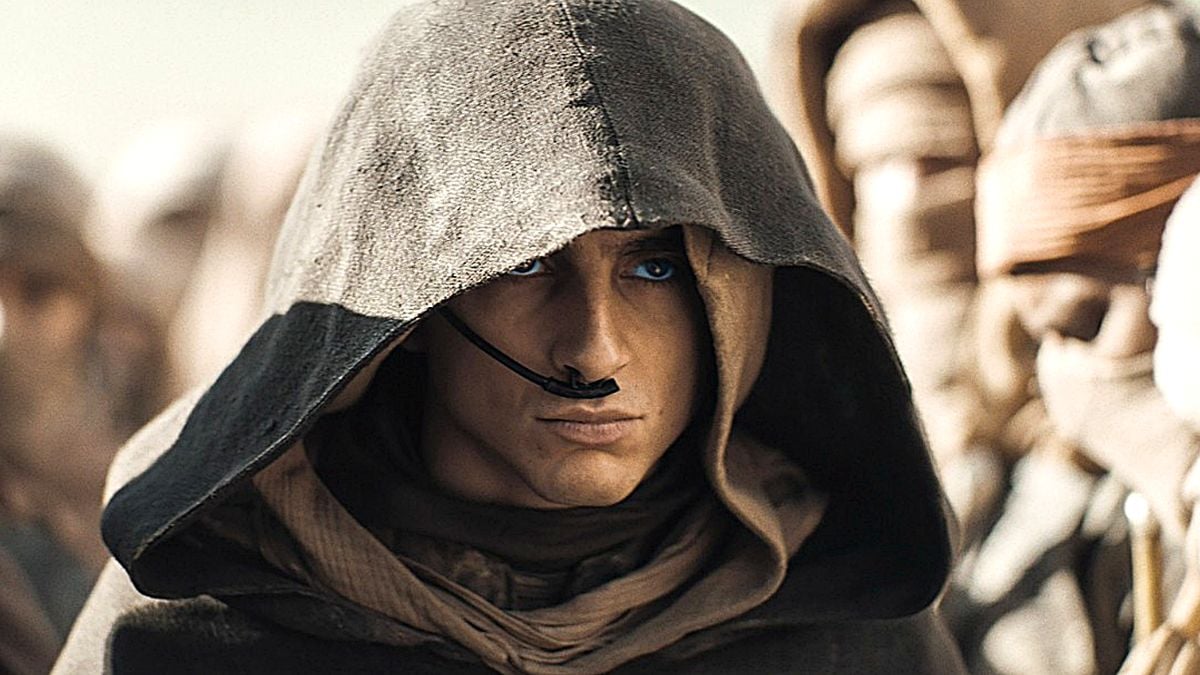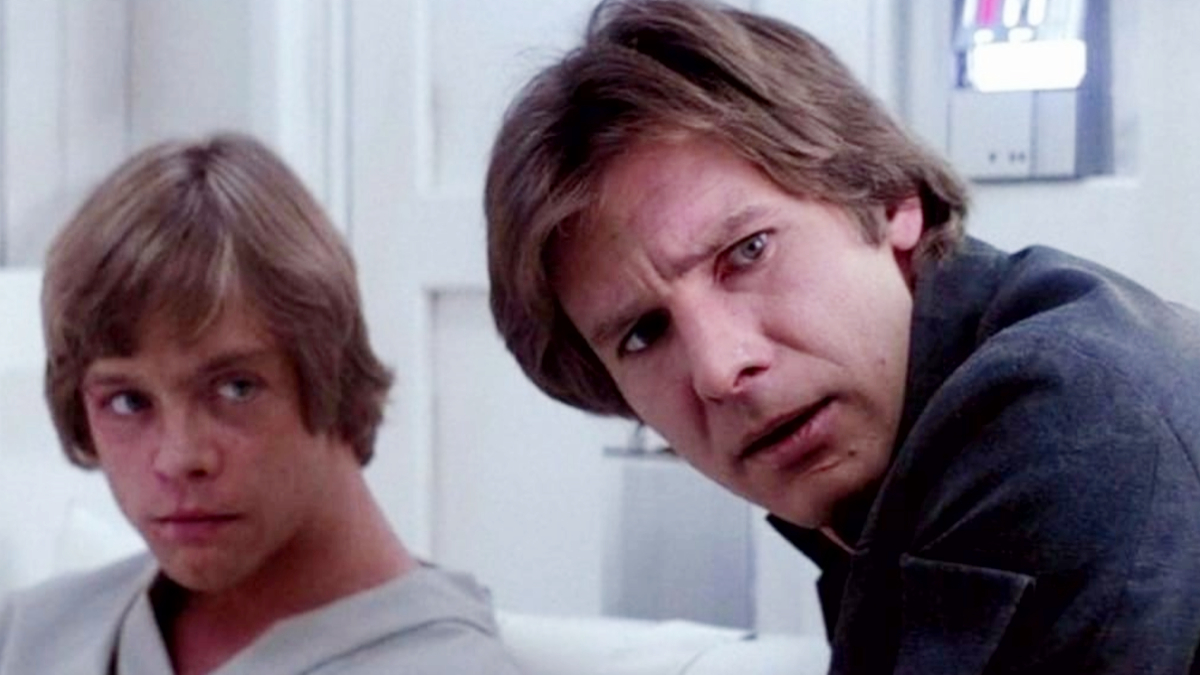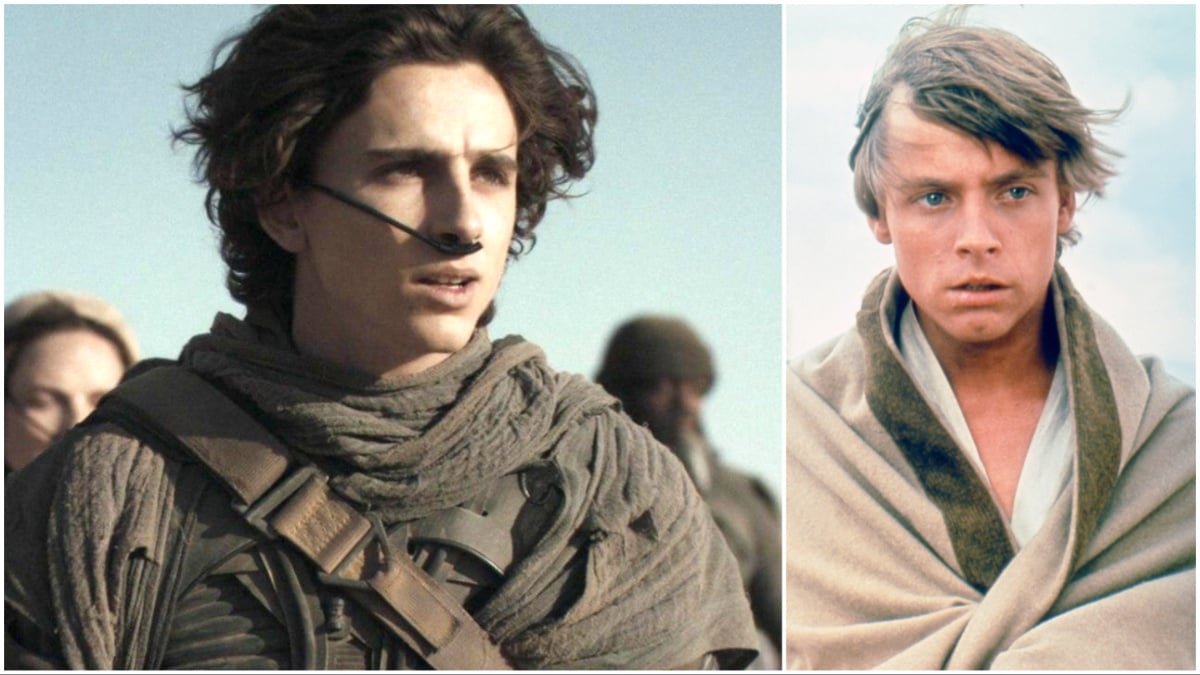You simply can’t bring up sci-fi in cinema without invoking the colossal name of Star Wars, under whose shadow almost every genre film since the late ‘70s has had to justify its very existence, lest it be considered a mere ripoff. (And rightly so at times, e.g., Rebel Moon.)
In the case of Frank Herbert’s Dune, however, we’re asking the age-old question of which came first, the chicken or the egg, even when knowing the answer. Yes, the not-so-well-received 1984 film adaptation by David Lynch succeeded Star Wars and probably failed because of it, but George Lucas himself was inspired by the timeless 1965 novel by Frank Herbert, and consciously or otherwise incorporated many elements from the sand-risen plains of Arrakis into his space opera.
But to those who don’t know it, it may as well have been the other way around. Even Denis Villeneuve understood the challenge of presenting this adaptation in a way that separates itself from Lucas’ legacy.
“It was a very long process to find this identity in a world with the giant elephant of Star Wars in the room,” he explained to Empire magazine in 2021. “George Lucas was inspired by Dune when he created Star Wars. Then as we were making a movie about Dune, we had to negotiate the influence of Star Wars. It’s full circle.”
So, what exactly did Star Wars borrow—nay, appropriate from Dune?
The following paragraphs spoil certain plot points for Dune: Part Two, so read ahead at your discretion.
Is Star Wars based on Dune?

The most obvious parallel between the galaxy far, far away and Frank Herbert’s sci-fi universe are the desert worlds of Tatooine and Arrakis. Both planets are covered in sand, both are a place of significance for our protagonists, and both happen to be at the tail end of nowhere. But while Arrakis is highly prized for its spice mélange, which is the source of all interstellar travel, Tatooine is pretty worthless and unimportant. Yet so far as similarities are concerned, we could also point to the Sarlaccs and Sandworms, or the Sandcrawler vehicles that are found in both worlds.
Furthermore, both Paul Atreides and Luke Skywalker come from the villains in the story. Luke Skywalker’s father is revealed to be none other than the sinister Darth Vader in The Empire Strikes Back, while Paul is the grandchild of Baron Vladimir Harkonnen. Speaking of whom, the good baron might also be the inspiration for Jabba the Hutt. When you think about it, the resemblance is pretty uncanny.
As for the Chosen One trope, Lucas opted to center his story around Joseph Campbell’s hero’s journey, but since Luke is not only the last of the Jedi but the one to truly bring balance to the Force (whether you believe Luke or Anakin to be the prophesied Chosen One is ultimately a matter of semantics) it could be argued that he’s as important to the galaxy far, far away as Paul is to his own galaxy because of his Kwisatz Haderach blood.
A new character introduced in Dune: Part Two and played by Anya Taylor-Joy is Alia Atreides, who is the biological sister of Paul Atreides. Alia is gifted with the powers of the Bene Gesserit, just as Leia was attuned to the living Force. Some might even argue that Princess Leia is based on Princess Irulan, who ends up marrying Paul. We all now cringe at the moment when Leia kisses Luke, but back in The Empire Strikes Back period, Lucas clearly had other plans for Leia’s character before establishing her as another Skywalker.

There are practically dozens of other similarities like this if you dig deep enough. The Empire and the Imperium are basically the same thing, and both are ruled by an authoritarian tyrant. The Force and the Voice are two enigmatic abilities that grant our protagonists power over their enemies. Even the Weirding Way is similar to the martial arts training of the Jedi, and the whole order of Bene Gesserit might remind people of either the Jedi or the Sith, depending on which one of them you choose to observe.
Of course, that’s not to say Star Wars’ only influence was Dune. If anything, Lucas has repeatedly explained how Eastern mythos have informed his philosophy when writing Luke’s story. Even now, the Jedi are closer to Samurai than any order of ancient fanatics manipulating events from behind the curtains, but the religiousness of it all will certainly lead people to the same conclusions.
So here we have two protagonists, burdened with the fate of an entire galaxy and looking to the horizon of their sand-covered planet. Who is Luke Skywalker, if not an echo of Paul Atreides? And who is Timothée Chalamet’s new Paul, if not the afterimage of a host of protagonists who have graced the silver screen for at least five decades now?

